
UNDERSTANDING COSMELAN PEEL AS A MELASMA TREATMENT OPTION
Are you one of the many women dealing with melasma? If you don’t know what melasma is, it’s a specific type of hyperpigmentation. Hyperpigmentation on the skin is a blanket term. It refers to any type of skin condition that creates discolored or darkened skin. So, the term refers to anything from sunburn to eczema to acne. Or it can refer to melasma.
WHAT EXACTLY IS MELASMA?
Melasma is a type of hyperpigmentation that causes brown or grayish-brown patches of discoloration on the skin. It’s more common in women than men, which may be because some of the causes include the hormone shifts caused by things like pregnancy and birth control pills. If you’ve heard of “the mask of pregnancy,” that term refers to melasma.
Melasma is believed to be caused by hormone fluctuations as well as UV exposure – it gets worse in the sunlight. This separates it from other types of facial hyperpigmentation and makes it more difficult to treat. In some cases, it can lessen or disappear on its own – pregnancy-induced melasma often goes away once the pregnancy is over, for example – but exposure to the sun can prompt a recurrence. Because of its causes, melasma is more difficult to treat than other causes of hyperpigmentation.
MELASMA TREATMENT OPTIONS
Due to the causes of melasma and the differences in different patients’ hormones, sensitivity to UV exposure, and skin type, melasma can be hard to treat. Different people often respond differently to the same treatment, so it can be difficult to tell exactly what is going to be effective for a specific melasma sufferer.
Some of the treatments used include:
- Hydroquinone – this is a skin bleaching agent that’s usually one of the first things tried on a person suffering from melasma. It can cause some skin dryness and irritation.
- Tretinoin and corticosteroids – tretinoin treats melasma by both lightening the skin and replacing the old skin with newer skin, and corticosteroids boost the effectiveness of tretinoin. This treatment may be combined with hydroquinone for a triple action medicine.
- Azelaic acid or Kojic acid – both of these options represent a more natural way of treating melasma. It is derived from grains like rye and barley, while kojic acid comes from mushrooms. Azelaic acid reduces inflammation, cleans pores, and encourages cell turnover. Kojic acid inhibits melanin production – it’s melanin that comprises the dark spots.
- Chemical peels – There are many types of chemical peels, and dermatologists and beauty professionals recommend different ones for different skin challenges. A type of chemical peel called Cosmelan is a promising treatment for melasma.
WHAT IS COSMELAN AND WHO CAN USE IT?
Considering a chemical peel as a treatment for your melasma, or for another facial hyperpigmentation? The Cosmelan process helps the skin with pigmentation and discoloration challenges. It’s meant to reduce hyperpigmentation in as gentle a manner as one would get a toning mask. The procedure can provide effects without the need for the melasma sufferer to undergo deeper and more painful chemical peels.
Another benefit of Cosmelan is that it’s appropriate for all skin types, and most people are good candidates for the procedure. In order to be a good candidate, you need to be concerned about dark spots on your skin, prone to age spots or sunspots, and in the market for a non-invasive treatment for your melasma or hyperpigmentation. That’s it. Cosmelan is generally safe, so as long as the effects of the treatment meet your skincare goals, you will probably be a good candidate for the procedure.
WHAT ARE COSMELAN TREATMENTS LIKE?
Cosmelan treatments are a process, and they include both in-clinic treatments and at-home regimes. It involves a chemical peel mask first, which may stay on your face for a longer or shorter amount of time depending on how dark your skin is. After the amount of time has passed, you’ll wash the mask off with cool or lukewarm water and apply an anti-stress mask for a short period of time. The anti-stress mask will help calm and cool your skin post-treatment.
For the next few days, you’ll probably experience some redness, swelling, and peeling, as well as some discomfort and itching. You’ll have a skin repair treatment and anti-stress mask to use at home, and you can use a cool towel to reduce feelings of heat and inflammation in your facial skin. You’ll also need to use SPF cream and a wide-brimmed hat to go outside. Anything else you can do to reduce your exposure to the sun, such as using an umbrella to shield you from the sun when you’re outside, will be beneficial.
By the middle of the first week, you may be shedding large amounts of old skin and feeling more hot flashes. But as the week comes to an end, the redness will begin to dissipate, and the swelling will begin to go down. Over the second week following the treatment, the redness will eventually recede completely, the swelling will return to normal, and while you may have some flaking and peeling for a few more days, that will eventually end as well. By this time, you should see a significant reduction in your melasma.
CONCLUSION
Although part of the process will occur at home, your clinic will provide you with all of the materials that you need and specific aftercare instructions, so that you’ll know exactly what to do, when to do it, and what is a normal reaction and what’s not. After the procedure, you’ll still need to be careful of sun exposure. Use an SPF lotion and continue to wear wide-brimmed hats and other sun protection when you leave the house.
The right products and treatments are an important part of both addressing skin challenges like melasma and maintaining your skin after you’ve addressed the issue. You need the right guidance and products that suit the kind of skin that you have and the skin challenges that you experience. Iconic Skin Clinic can help.
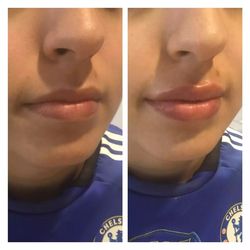 None
None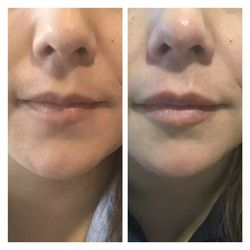 None
None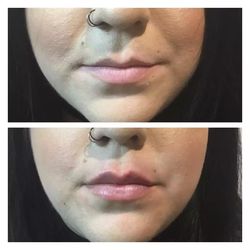 None
None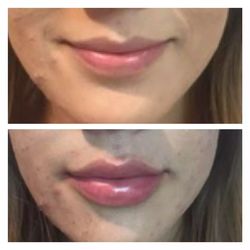 None
None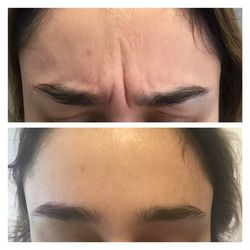 None
None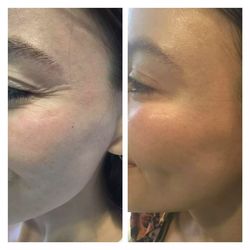 None
None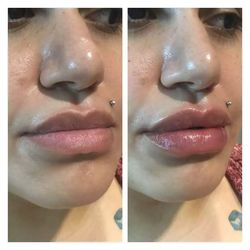 None
None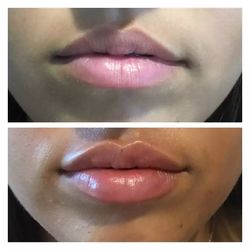 None
None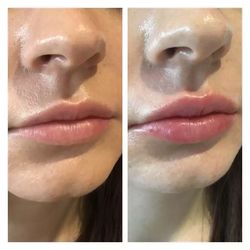 None
None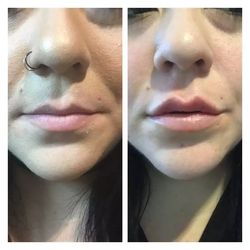 None
None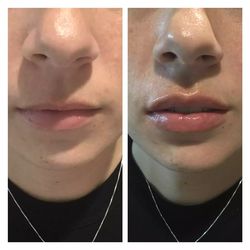 None
None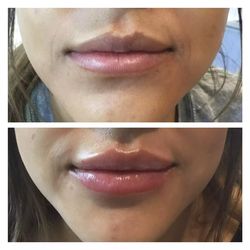 None
None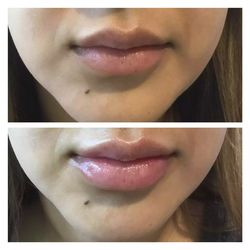 None
None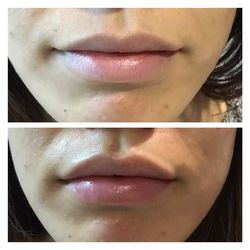 None
None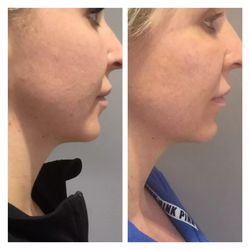 None
None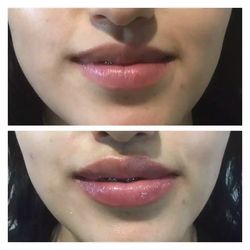 None
None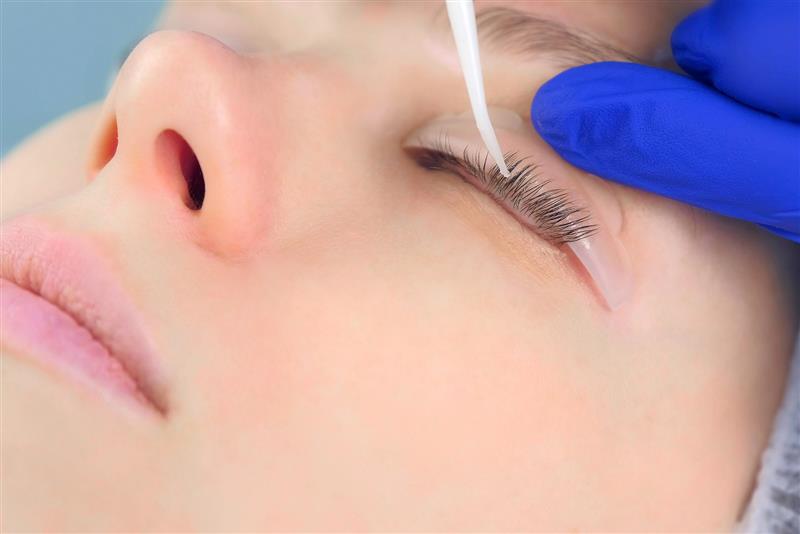
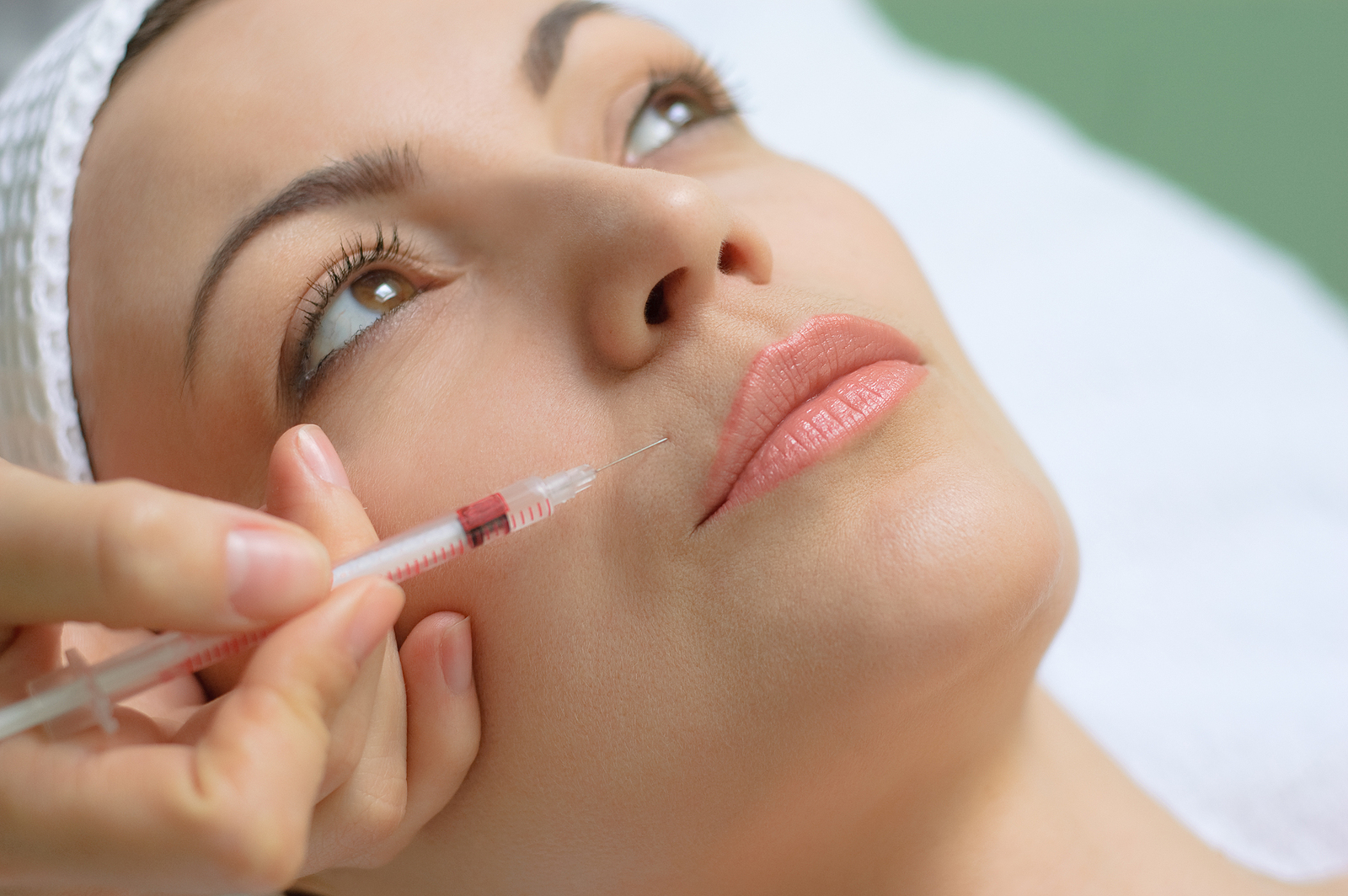
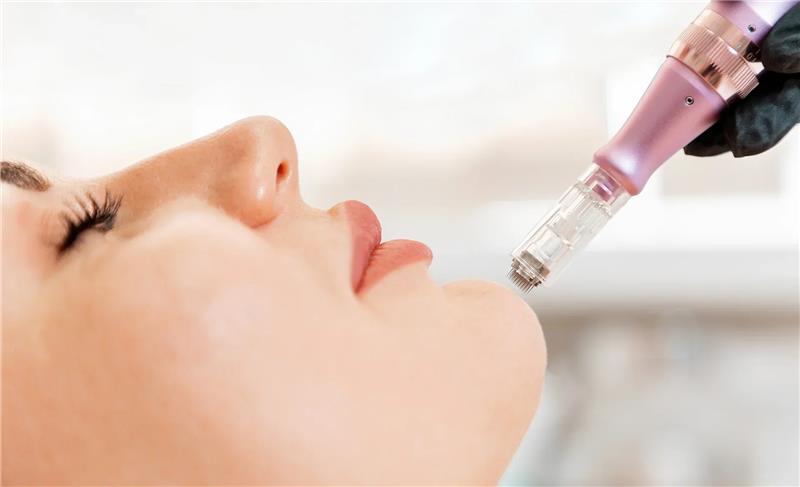

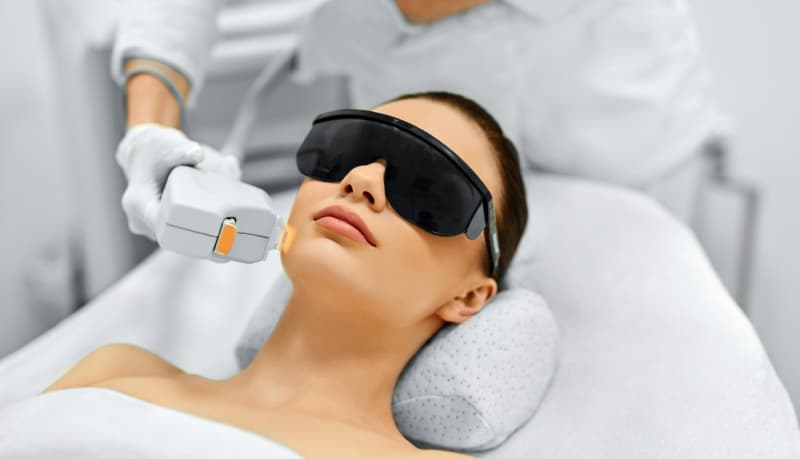









0 comments